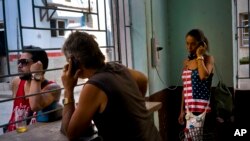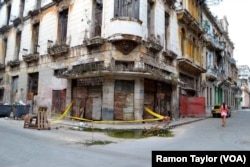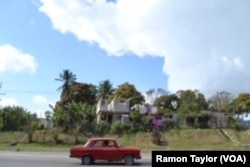Here's some basic information about Cuba and its people, the focus of U.S. President Barack Obama's historic visit Sunday through Tuesday.
Geography: The Caribbean island, slightly smaller than the U.S. state of Pennsylvania, lies 150 kilometers (93 miles) south of Key West, Florida.
Government: Communist. Fidel Castro led a successful 1959 military coup, toppling U.S.-backed dictator Fulgencio Batista and assuming control of the island nation. When he stepped down in 2008, younger brother Raul Castro became president.
Population: Almost 11.4 million. Cuba's population skews old, with 13 percent 65 or older compared with 8 percent worldwide. Its under-15 age group accounts for 17 percent of islanders versus 26 percent globally.
Life expectancy at birth (2013): 79 years in Cuba; 62 worldwide.
Literacy: Universal.
Economy: Socialist system in 2011 began introducing reforms such as enabling some private ownership and sales of real estate or permitting Cubans to buy cellphones and electronic appliances. Reforms also brought cuts in government jobs and approval for new retail service work, fostering entrepreneurship. Some 476,000 Cubans have registered as self-employed.
GDP contribution by sector (percent): Agriculture, 4; industry, 23.5; services, 73. The chief crop is sugar cane, followed by tobacco for handcrafted cigars.
Average household income: Not available.
Internet users per 100 people (2014): 30.
Mobile cellular subscriptions per 100 (2014): 22.5.
Sources: CIA World Factbook, Population Reference Bureau, The World Bank and Academic Credentials Evaluation Institute Inc.










